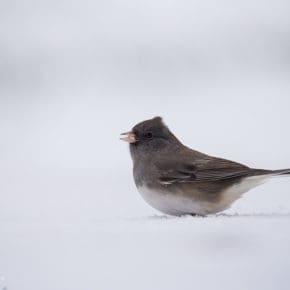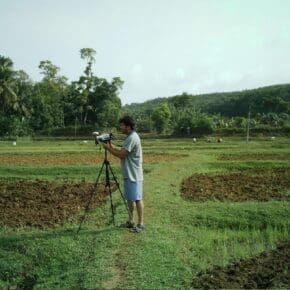It was purely coincidental, like all sightings are; I had not planned it that way. My first sighting of the Chestnut Shouldered Petronia was in 2016 at the prominent bend in the steep incline on the way to Masinagudi. Many more of the species made their appearance at Tadoba in March 2017. Yet, the sighting at Karnala Bird Sanctuary was special.
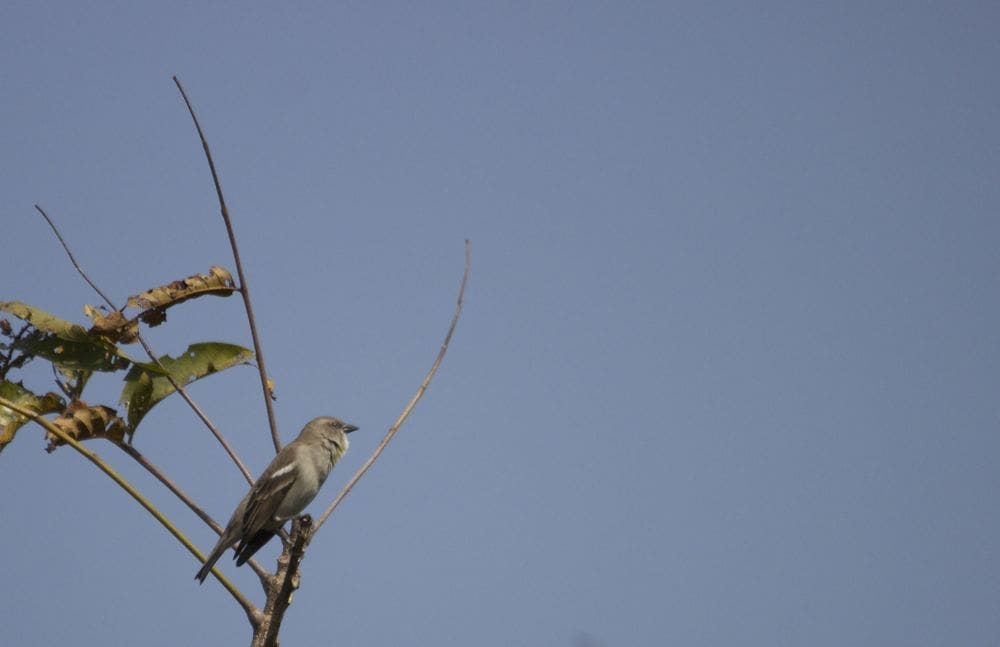
On 12th Nov 2017, a Sunday morning, we set out towards Karnala Bird Sanctuary, an Important Bird Area (IBA) on the old Pune Highway 50 km from Dadar TT. The expectations were high as are with any birding trips. This being one arranged by the Bombay Natural History Society, getting educated was the focus. Mr Asif from BNHS was the leader of this trip and he was assisted by two more gentlemen. Mr Asif along with Dr Raju Kasambe of BNHS have published a checklist of 222 avian species they recorded over a period of time at Karnala. Being led by someone who understood the lay of the land and also its seasonal inhabitants was a treat in itself and I eagerly looked forward to our arrival at Karnala.
A few minutes before 8 AM we arrived at Karnala and that is when our guides for the birding walk informed us that it was also Dr Salim Ali’s birthday. It was perhaps pure coincidence that my birding trip with BHNS happened to be on a day when one of the great inspirations for birders and nature enthusiasts in India was born. After some tips, guidance and trivia on BNHS we split into three groups and started our birding walk.
Pale-billed Flowerpeckers were heard, so were the calls of Indian Peafowl. A fleeting glance of the flowerpecker was followed by the first sighting of the day — a Bronzed Drongo (Dicrurus aeneus). Our fellow birders spied the Heart-spotted Woodpecker (Hemicircus canente). A Black-rumped Flameback (Dinopium benghalense) appeared in the distance. Then came the tryst with the Common Chiffchaff (Phylloscopus collybita), a leaf warbler. Though I struggled with the sighting, the narrative from Mr Asif is worth mentioning here. He spoke about the differences between leaf warblers found higher up in the canopy and the reed warblers found closer to the ground. The leaf warblers have a greenish wash compared to the reed warblers. I alluded to a sighting at Lonavala to Mr Asif and enquired if the leaf warbler flight patterns are similar to flycatchers. He mentioned that leaf warblers make an occasional sally; however, that is not their usual way of flying. Within minutes the warbler grabbed an insect and came back to the same perch.
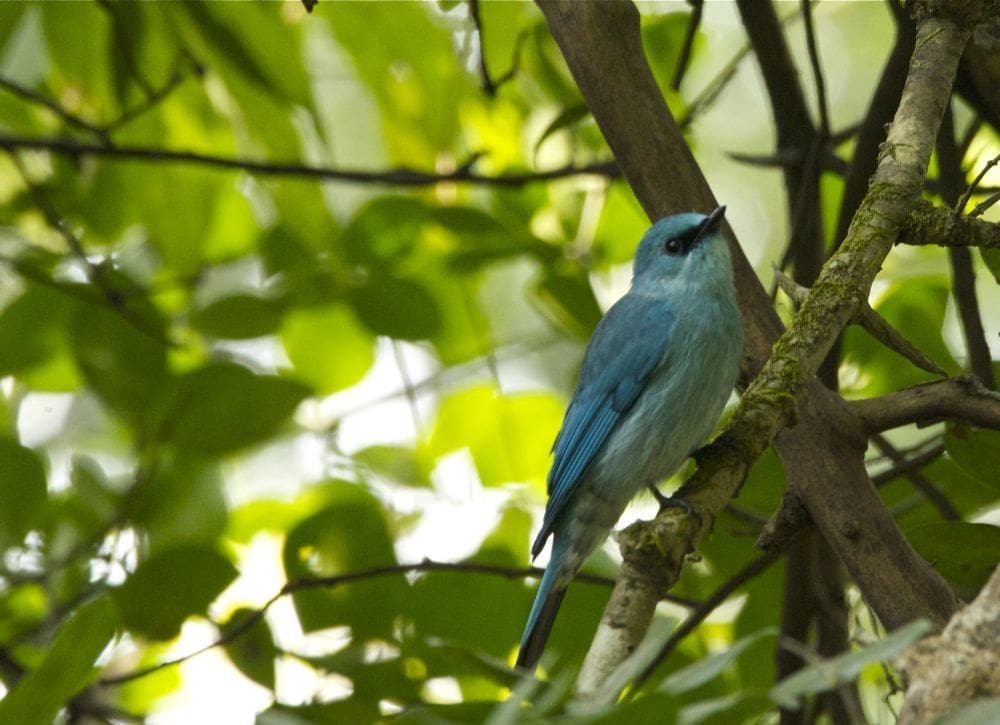
As there wasn’t much activity, we took the path next to the canteen, into the wet evergreen forest. The insect and arachnid life was in abundance. We saw Giant Wood Spiders (Nephila pilipes jalorensis), Pagoda Ant nests, Tunnel Web Spider webs, moth caterpillars and species of small moths and butterflies. The Pagoda Ant nests are interesting, Mr Asif explained, because they are the first known form of cardboard. Another interesting fact he shared was that the Rufous Woodpecker (Micropternus brachyurus) is known to build its nest in the Pagoda Ant’s nest and that the young ones of the Rufous Woodpecker are immune to the toxic bites of the Pagoda Ants. A Brown Cheeked Fulvetta (Alcippe poioicephala) gave a cameo – lifer +1, however I missed another lifer — a Yellow-crowned Woodpecker (Leiopicus mahrattensis) as I went after a Verditer Flycatcher (Eumyias thalassinus) photo op.
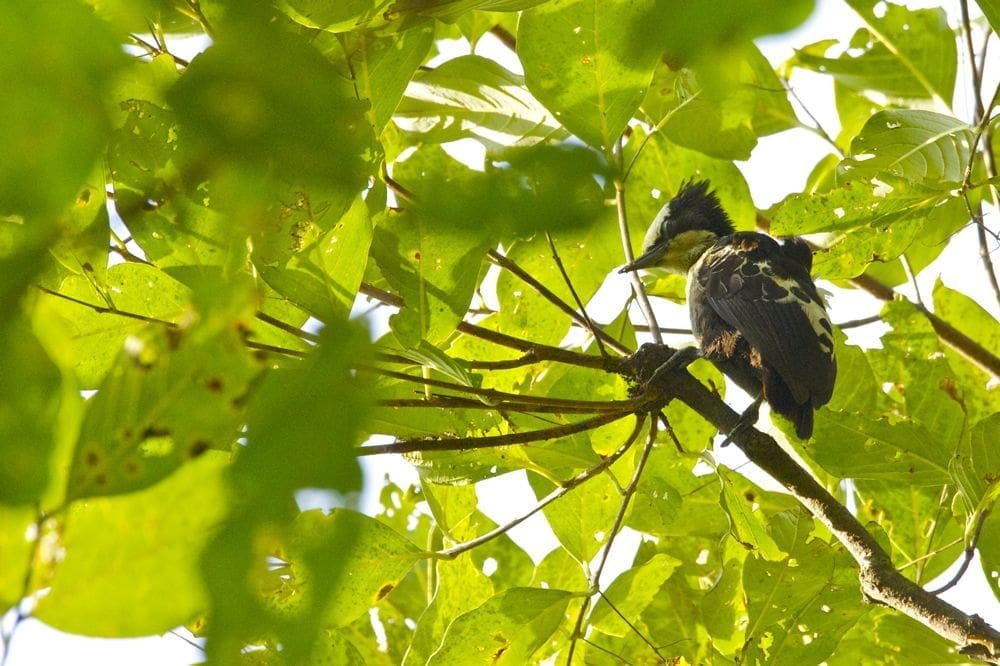
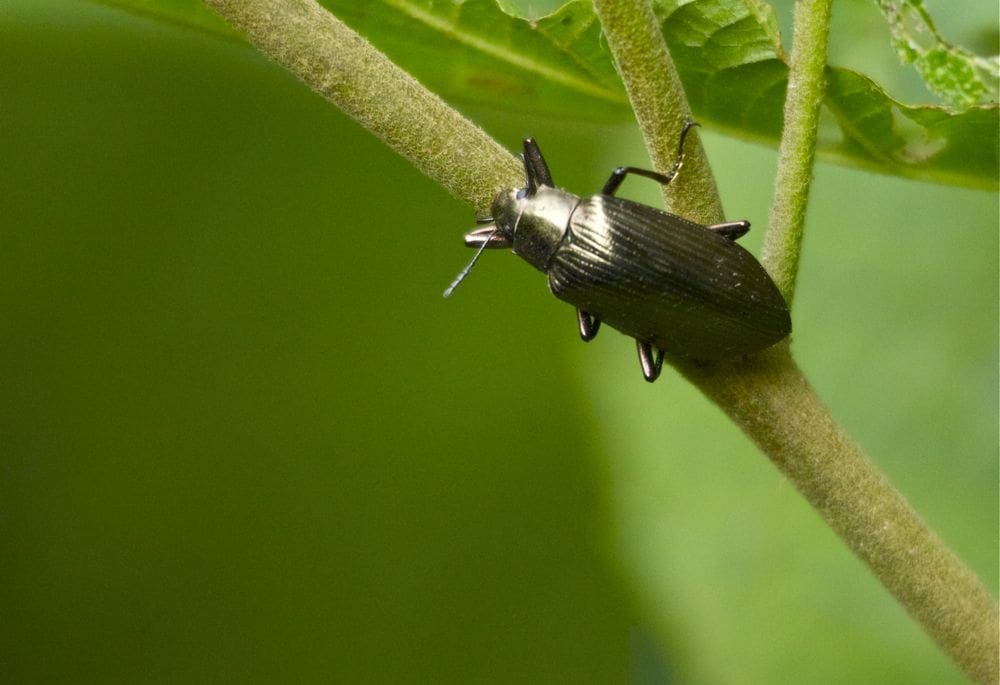
We moved on across a dry stream where we saw Bracket Fungus. A Calotes sighting followed, along with a beetle with an auriferous shine. We were shown Maiden Hair Ferns, a tree with creeper-like branches that is said to indicate the health of the forest due to its extensive root system, and the Sandpaper Tree.
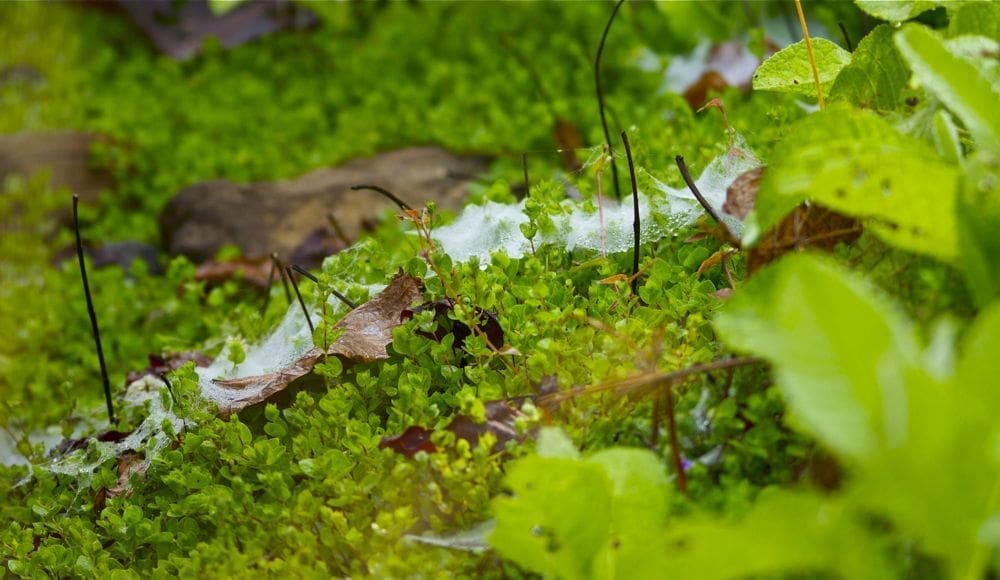
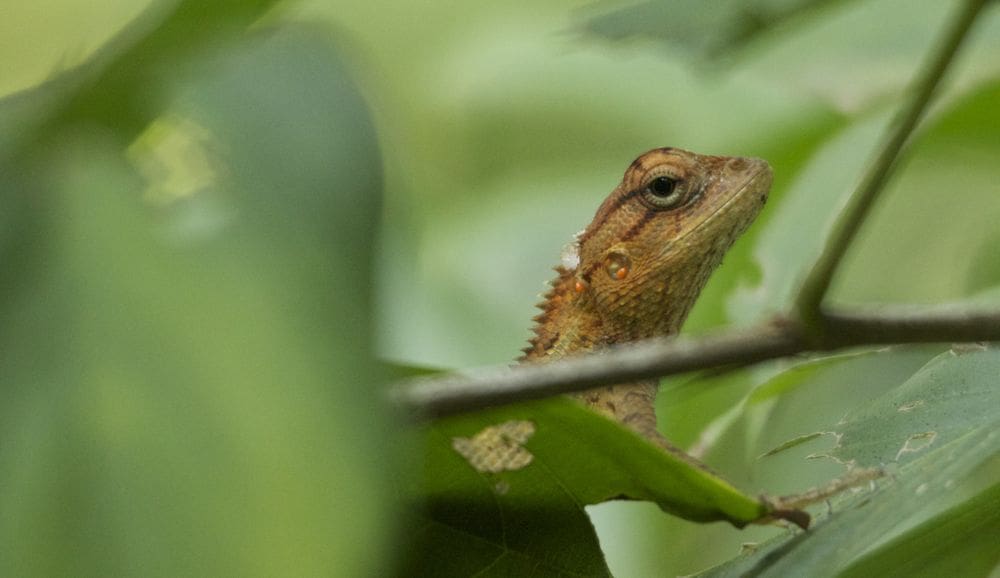
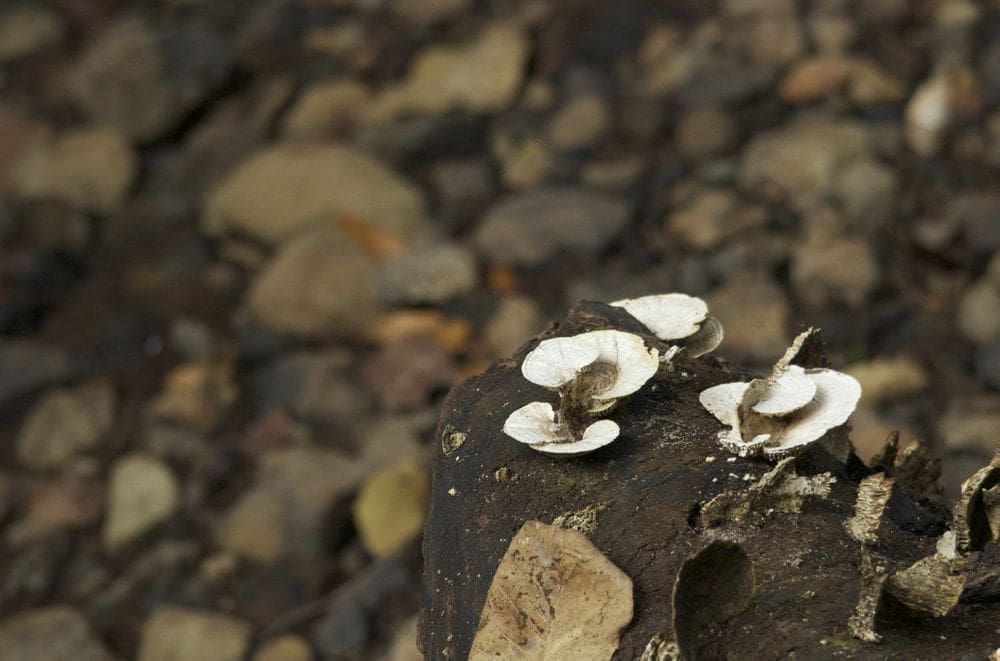
When we reached the grassland is when the Chestnut-shouldered Petronia (Gymnoris xanthocollis) made its appearance we had a long sighting. I closed my eyes and visualized the sparrow that fell a hundred years ago and the conservation efforts that it led to, by the person who was born this day 121 years ago. Sightings of the Green Bee-eater (Merops orientalis) followed and a Brown-headed Barbet (Psilopogon zeylanicus) called from a distance. We took the path until the watchtower where we had more sightings of the Petronia and the Bee-eater.
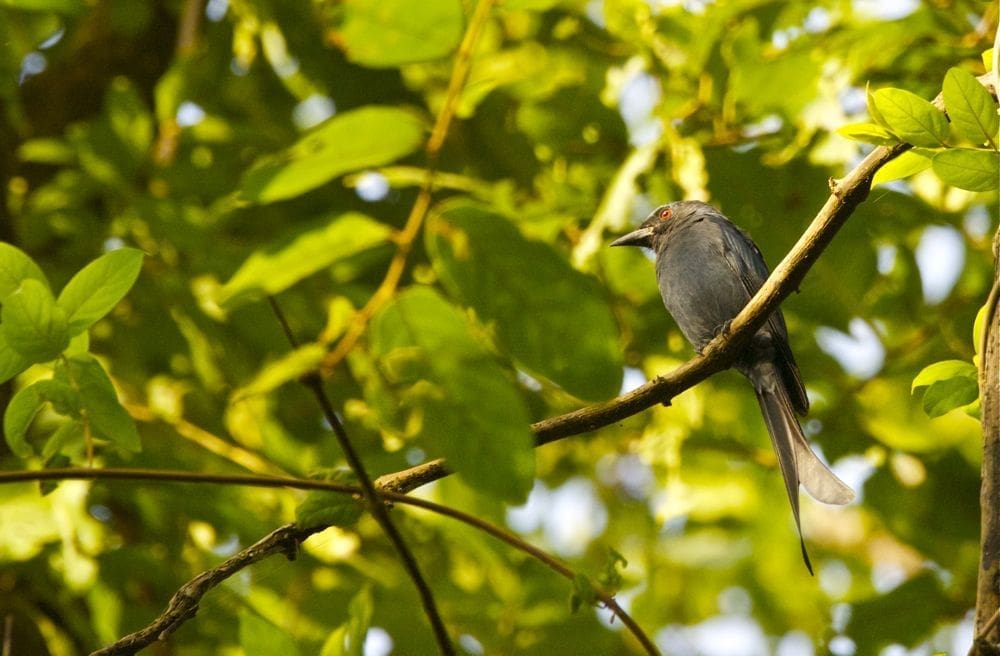
We turned around the loop and headed back, stopping at the water body where Mr Asif spoke about the globe trotter dragonflies that fly in from Africa every year and return via Maldives. Psyche butterfly (Leptosia nina), Hummingbird hawk-moth, Lemon Pansy butterfly (Junonia lemonias) were the species we sighted as we returned to the canteen.
As I walked back, I visualized the situations when we are up against great odds and end up raising our hands flabbergasted making the statement: “How much can one man do?” On Dr Salim Ali’s birthday, looking at the conservation efforts he kickstarted, I heard the answer to that question: “A lot!”
Birding Trip List:
* Sighted by fellow birders
+ Call heard
- *Pale Billed Flowerpecker (Dicaeum erythrorhynchos)
- Bronzed Drongo (Dicrurus aeneus)
- Heart Spotted Woodpecker(Hemicircus canente)
- Black Rumped Flameback (Dinopium benghalense)
- Common Chiffchaff (Phylloscopus collybita)
- Red Whiskered Bulbul (Pycnonotus jocosus)
- *Cinereous Tit (Parus cinereus)
- Brown Cheeked Fulvetta (Alcippe poioicephala)
- *Yellow Crowned Woodpecker (Leiopicus mahrattensis)
- Verditer Flycatcher(Eumyias thalassinus)
- *Oriental Magpie Robin (Copsychus saularis)
- Common Woodshrike (Tephrodornis pondicerianus)
- Ashy Drongo (Dicrurus leucophaeus)
- Golden Fronted Leafbird (Chloropsis aurifrons)
- Black Hooded Oriole (Oriolus xanthornus)
- * Golden Oriole (Oriolus kundoo)
- Chestnut Shouldered Petronia (Gymnoris xanthocollis)
- Crimson Backed Sunbird (Leptocoma minima)
- * Purple Sunbird (Cinnyris asiaticus)
- Greater Racket Tailed Drongo (Dicrurus paradiseus)
- * Small Minivet (Pericrocotus cinnamomeus)
- Jungle Crow (Corvus culminatus)
- * Cattle Egret (Bubulcus ibis)
- * Black Headed Munia (Lonchura atricapilla)
- * Common Kingfisher (Alcedo atthis)
- + Malabar Whistling Thrush (Myophonus horsfieldii)
- + Brown Headed Barbet (Psilopogon zeylanicus)
- + Grey Headed Canary Flycatcher (Culicicapa ceylonensis)
- + Indian Peafowl (Pavo cristatus)
Photos and Text: Andy
- Kutch Diaries – Spying on the elusive Desert Cat - June 10, 2020
- Kutch Diaries: Up close with the raptors of Banni - May 24, 2020
- Kutch Diaries – Going Waku Waku with Sandgrouse in Banni - April 29, 2020

